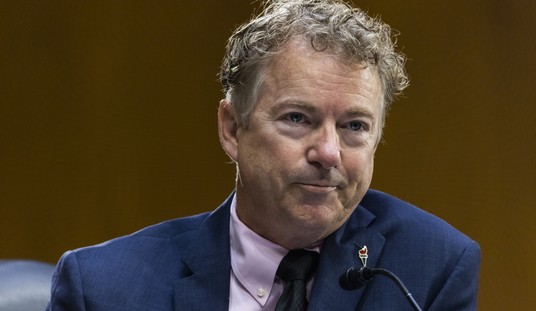“Green chemistry” has become the latest craze and now government agencies are sponsoring programs to teach it to kids in school. But what exactly is green chemistry? Some say it’s simply about making products safer, but it actually comes loaded with a political agenda that isn’t really about safety—it’s about control.
The ostensive goals of “green chemistry”—safer products—surely can be achieved without government, driven purely by market demand. In fact, industry performs its own version of green chemistry every time it develops new products because after all, businesses don’t succeed by poisoning their customers. They succeed by producing useful and safe products at affordable prices.
But the environmental activists want government-driven green chemistry, which is something completely different than market-driven green chemistry.
Green chemistry’s political formulation is most apparent in California where state bureaucrats are soon to release implementation regulations for the state’s Green Chemistry Initiative, a law passed back in 2009.
The regulations will establish a “chemicals of concern” list, including substances that fit within certain politically derived categories—not because existing uses pose significant risks. For example, hundreds of useful chemicals will be listed because massive doses produce tumors in rodents. Mere listing will demonize these chemicals even though existing consumer exposures are far too low to pose any real risk.
After all, it is the dose that makes the poison. Even broccoli, carrots, and other healthy foods cause tumors in rodents exposed to high doses. But no one would consider placing broccoli on a “concern list.”
According to California regulators, the agency will place about 1,200 chemicals on the concern list, sending signals to consumers, retailers, and manufacturers to avoid these substances. As a result, rather than maintain focus on product performance, affordability, safety, and consumer demand when designing products, manufacturers will be forced to serve the political preferences of regulators.
Recommended
In the next phase, regulators will develop a “products of concern” list composed of products made with “chemicals of concern.” Woe to the entrepreneur who worked tirelessly to develop a product that ends up on this list. His or her life work may go up in smoke as the product is unfairly deemed dangerous.
For products that remain on the market even after the bad public relations, bureaucrats may call on manufacturers to study whether there are “safer” substitutes and then impose bans and other restrictions.
We should heed lessons that show why such arbitrary and unscientific regulation is more dangerous than the alleged risks it regulates. Consider regulators’ treatment of the chemical Bisphenol A. Manufacturers have safely used it to make clear, hard plastics and resins that have lined food cans for more than 60 years. Regulatory bodies around the world have determined that the benefits of using BPA outweigh any risks.
Still, regulators targeted BPA because environmental activists hyped risks and captured headlines. In 2012, the U.S. Food and Drug Administration (FDA) banned BPA baby bottles and sippy cups even though an FDA representative told the New York Times that “based on all the evidence, we continue to support its [BPA’s] safe use.” The ban came at the behest of industry, which has already removed these products from the marketplace because of bad public relations created by environmentalist hype.
The baby bottle ban is building pressure for bans on other BPA uses, such as BPA-based resins that line food containers, which help prevent the development of pathogens like E-coli. As a result, BPA resin bans may eventually translate into serious food-borne illnesses.
Still, some people argue that we should at least seek substitutes to “be on the safe side.” They forget that every product on the market prevailed because it was the best to perform the job at an acceptable price at the time. Politically driven substitutes by definition will always be inferior.
Banning safe, useful products simply wastes investment, discourages innovation, and diverts resources from useful enterprises into production of second, best substitutes.
Today’s modern governments will be no better at green product design than were the Soviets at economic planning. But both policies effectively deliver one thing: a recipe for stagnation.

























Join the conversation as a VIP Member